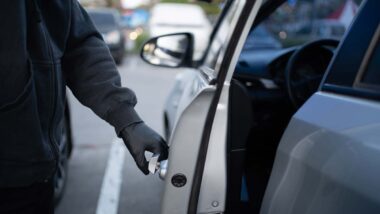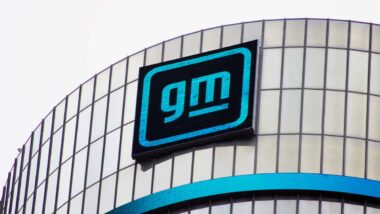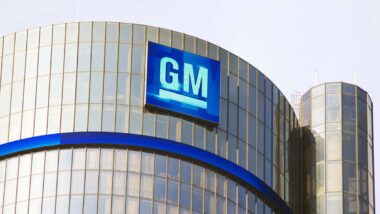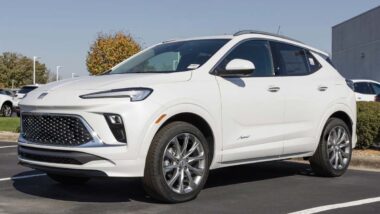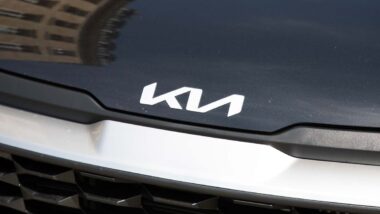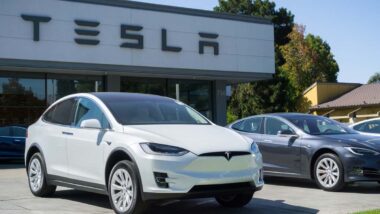Top Class Actions’s website and social media posts use affiliate links. If you make a purchase using such links, we may receive a commission, but it will not result in any additional charges to you. Please review our Affiliate Link Disclosure for more information.
Consumers who have purchased Teslas, an automaker that prides itself on its clean energy and electric cars, say the company may be producing defective vehicles.
What Defects Are the Tesla Vehicles Experiencing?
Reports from several consumers and at least one class action lawsuit claim that several Tesla models may be defective and potentially dangerous. According to the claims, Tesla vehicles may have the potential to unexpectedly and unintentionally accelerate, or speed up.
Unintentional acceleration on the highway may be dangerous and result in car accidents and injuries. If unintentional acceleration occurs in driveways, parking lots, or on residential streets, there may be property damage or other accidents. Additionally, unintended acceleration may result in the driver having little to no control over the brakes, making it difficult to regain control of the defective vehicle.
While unintended acceleration may be dangerous or life-threatening in any vehicle, owners of defective Teslas may be especially frustrated, as these cars are marketed as luxury vehicles intended to heighten driver safety.
Why is Tesla Selling Defective Vehicles?
The electric vehicle company says that its vehicles are not defective, and calls the claims of unintended acceleration completely false. A Tesla spokesperson told Fox News that it investigates every report of unintended acceleration, and has found that in each instance, the car was operating as it was designed. However, the National Highway Traffic Safety Administration is looking into these claims, as at least 127 complaints have been made regarding the alleged defect, including 110 crashes and 52 injuries.
Investigators are also attempting to determine whether these vehicles were operating on “autopilot” at the time of the acceleration. Autopilot is a feature included on Tesla vehicles intended to keep a vehicle in its own lane, maintain a safe distance from other vehicles, and change lanes to avoid accidents.
Although the autopilot system is able to accelerate, decelerate, change lanes, and brake without human intervention, Tesla claims these features are not meant to replace a driver’s active attention. Investigating whether the unintended acceleration is related to faulty accelerator or brake pedals, or may be the result of the autopilot system, is important in order to determine what may be causing the alleged defect.
 Which Vehicles Are Affected?
Which Vehicles Are Affected?
The vehicles affected by the alleged Tesla defect include the Model S, the Model X, and Model 3. Approximately 500,000 vehicles may be impacted by the defect. Model S vehicles manufactured and sold between 2012 and 2019 may be affected, as well as Model X vehicles made between 2016 and 2019, and the 2018 to 2019 Model 3.
How Does the Tesla ‘Black Box’ Prevent Potential Improvements?
A black box is an electronic device that records data. The term black box usually refers to a device that is kept in a plane cockpit and records audio, as well as flight data, so that this data can be reviewed in the event of an accident. A similar black box is included in Tesla vehicles.
Although the data recorded by these devices may help shed light on factors that cause car accidents, some consumers have voiced concerns that it may also violate their privacy or be used against drivers. Although Tesla has released tools to Tesla owners to allow them to access their own black box logs, the data available to them includes a log of human intervention rather than a record of what the autopilot program did.
In the past, Tesla has used these logs to attempt to prove that accidents were caused by user error, rather than by the error of the autopilot system. By selectively making only this data available and refusing to release autopilot logs, Tesla may not have any incentive to improve or redesign the autopilot safety features. Additionally, without making this data available to Tesla owners or the National Highway Traffic Safety Administration, victims of unintended acceleration may not be able to prove that this defect even exists, and is not simply the result of user error.
How to File a Tesla Defective Vehicle Lawsuit
If you were in a Tesla vehicle that unintentionally accelerated, you may own a defective vehicle and be eligible to file a Tesla lawsuit and pursue litigation to recover compensation for injuries and/or damages. Anyone who has been injured or suffered property damage as a result of unintended acceleration may be able to hire a qualified attorney to review their case.
Join a Tesla Unintended Acceleration Class Action Lawsuit Investigation
If you experienced sudden unintended acceleration in your Tesla Model S, Model 3, and/or Model X delivered before Dec. 1, 2015, you may be eligible to join a Tesla sudden unintended acceleration class action lawsuit investigation.
This article is not legal advice. It is presented
for informational purposes only.
ATTORNEY ADVERTISING
Top Class Actions is a Proud Member of the American Bar Association
LEGAL INFORMATION IS NOT LEGAL ADVICE
Top Class Actions Legal Statement
©2008 – 2024 Top Class Actions® LLC
Various Trademarks held by their respective owners
This website is not intended for viewing or usage by European Union citizens.
Get Help – It’s Free
Join a Free Tesla Sudden Acceleration Class Action Lawsuit Investigation
If you qualify, an attorney will contact you to discuss the details of your potential case at no charge to you.
PLEASE NOTE: If you want to participate in this investigation, it is imperative that you reply to the law firm if they call or email you. Failing to do so may result in you not getting signed up as a client or getting you dropped as a client.
Oops! We could not locate your form.

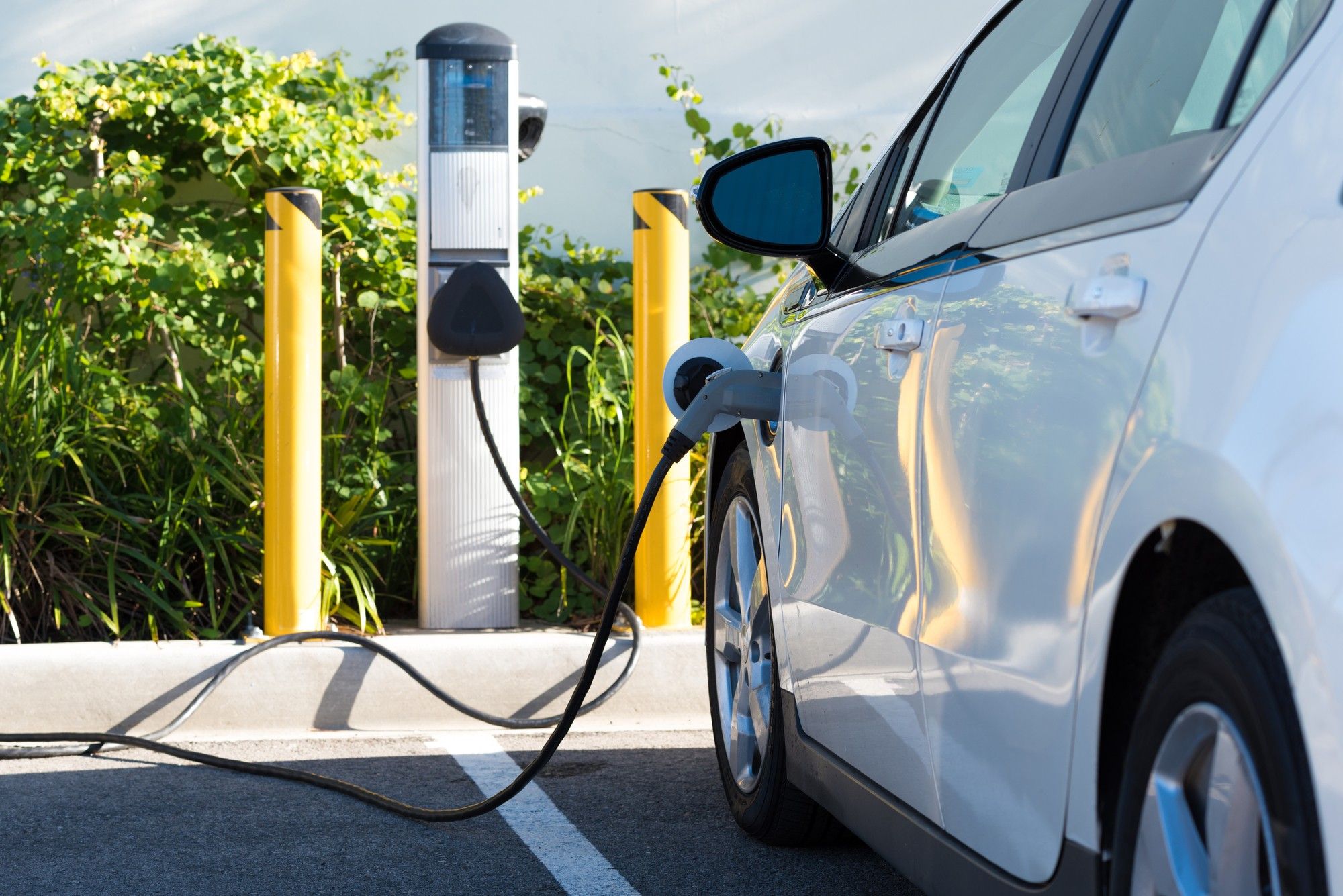
 Which Vehicles Are Affected?
Which Vehicles Are Affected?